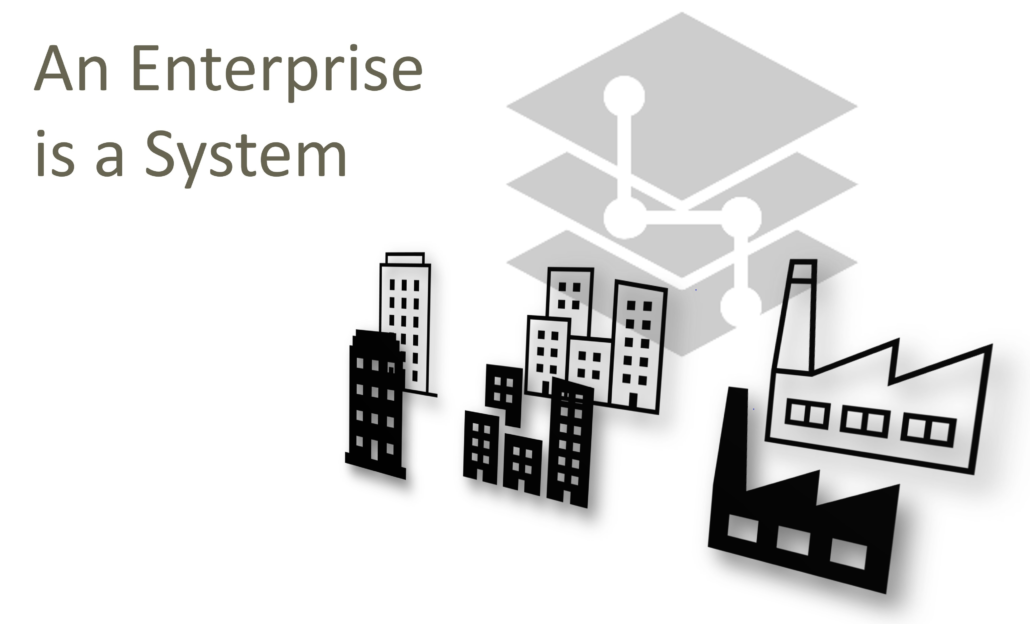Watch a short video that makes it crystal clear
We know that an enterprise is a system. Actually, everything in the universe is a system

When it comes to modeling an enterprise, it’s more practical to adopt a systems-based approach that mimics how things work in the real world.
It helps capture the complexity and interconnectedness of different components in a more accurate manner.

In the real world, people, equipment and applications interact. They use and produce information and other types of resource.
Information can be physical for example on paper. Or information can be digital, in our computers, in our phones. Information can be also mental in our brain.
People and equipment use and produce physical material.
Technology is here to support applications.
Processes are performed by people, by applications and by equipment. Each step in a process uses functions. One or several functions. For example, a dish washing process could use a sequence of functions like washing, then rinsing, and finally drying. Or the process could be rinsing, then washing, then rinsing again, and then drying. So, there can be many possible processes, but the functions they use are the same.
Functions are also used for classifying people, equipment and applications. In other words, people, equipment and applications are classified following the function, or the functions, that they support.
So, in the real world, organizing our architecture based on systems semantics is a simple and efficient approach.
Meanwhile, many architecture practices still attempt to manage enterprise complexity as follows:

Steps for building an enterprise visualization and transformation framework using systems semantics

